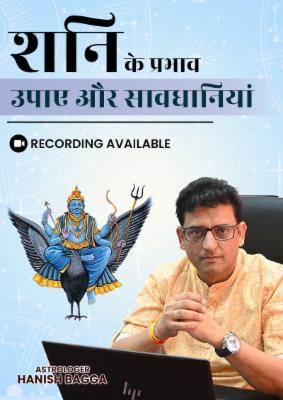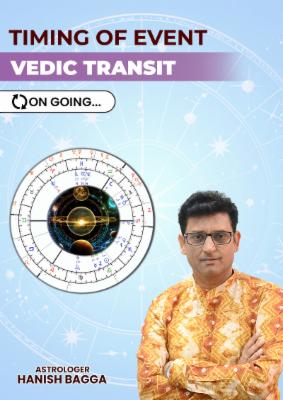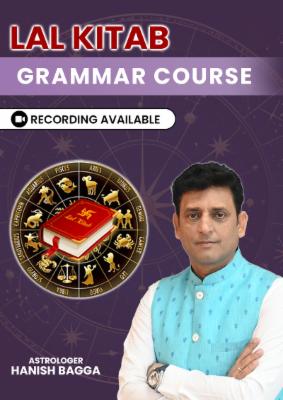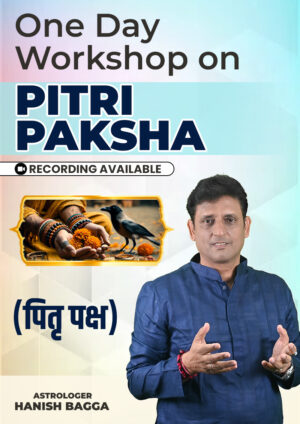Introduction to Lal Kitab:
The Red Book, known as Lal Kitab in Hindi, has long been a subject of fascination for astrology enthusiasts and scholars alike. This ancient text, rooted in Vedic astrology, offers a unique approach to understanding and predicting life events. In this blog post, we’ll explore why the Red Book (Lal Kitab) continues to captivate people’s attention and how it stands apart from other astrological methods.
Origins of the Red Book (Lal Kitab)
The Lal Kitab was introduced in the early 20th century, though its origins can be traced back to ancient Urdu texts. It is believed to have been compiled by Pt. Roop Chand Joshi, a astrologer from Punjab, India. The exact date of its introduction is somewhat disputed, with some sources claiming it appeared as early as 1939, while others suggest it was published in the 1950s.
Key points about Lal Kitab’s introduction:
- Emerged in the early 20th century
- Based on ancient Urdu astrological texts
- Compiled by Pt. Roop Chand Joshi
- Exact publication date is debated (between 1939 and 1950s)
The Red Book gained popularity due to its simple language and practical approach to astrology, making it accessible to a wider audience compared to traditional Vedic texts.
The Purpose of Lal Kitab
The primary purpose of Lal Kitab is to provide astrological insights and remedies for various life challenges. Unlike conventional astrological texts, Lal Kitab focuses on offering practical solutions to problems predicted through planetary positions.
Main objectives of Lal Kitab:
- Predict future events based on planetary positions
- Identify potential challenges in one’s life
- Offer simple, actionable remedies to mitigate negative influences
- Provide guidance for personal and professional growth
The Red Book aims to empower individuals by giving them tools to understand their astrological chart and take proactive steps to improve their lives.
Unique Features of Lal Kitab
Lal Kitab stands out from other astrological texts due to its distinctive approach and methodology. Some of its unique features include:
- Simplified planetary positions: Lal Kitab uses a fixed zodiac, unlike the movable zodiac used in traditional Vedic astrology.
- Focus on remedies: The text places great emphasis on providing easy-to-implement remedies for astrological problems.
- Integration of palmistry: Lal Kitab incorporates elements of palmistry in its predictions and remedies.
- Use of everyday objects: Many remedies suggested in Lal Kitab involve common household items, making them accessible to everyone.
- Consideration of past lives: The text takes into account the influence of past lives on current circumstances.
These unique aspects contribute to the enduring popularity of the Red Book among astrology enthusiasts.
How Lal Kitab Differs from Other Predictive Methods
Lal Kitab sets itself apart from other astrological methods in several ways:
- Simplified calculations: Unlike traditional Vedic astrology, Lal Kitab doesn’t require complex mathematical calculations.
- Fixed zodiac: The Red Book uses a fixed zodiac system, making it easier for beginners to understand and interpret.
- Emphasis on remedies: While other methods focus primarily on predictions, Lal Kitab offers practical solutions to astrological problems.
- Incorporation of other disciplines: The text integrates elements from palmistry and numerology, providing a more holistic approach.
- Accessible language: Lal Kitab is written in simple, everyday language, making it more accessible to the general public compared to traditional Sanskrit texts.
These differences have contributed to the widespread appeal of Lal Kitab, especially among those seeking practical astrological guidance.
Practical Applications of Lal Kitab
The Red Book offers numerous practical applications for those interested in astrology:
- Personal growth: By understanding planetary influences, individuals can work on self-improvement.
- Problem-solving: Lal Kitab provides remedies for various life challenges, from financial issues to relationship problems.
- Career guidance: The text offers insights into suitable career paths based on astrological charts.
- Health management: Some remedies in Lal Kitab are believed to help alleviate health issues.
- Relationship harmony: The Red Book provides guidance on improving interpersonal relationships.
Criticisms and Controversies
Despite its popularity, Lal Kitab is not without its critics. Some common criticisms include:
- Lack of scientific basis: Skeptics argue that the predictions and remedies lack scientific evidence.
- Oversimplification: Some traditional astrologers believe Lal Kitab oversimplifies complex astrological concepts.
- Contradictions with classical texts: There are instances where Lal Kitab’s interpretations differ from traditional Vedic astrology.
- Commercialization: Critics argue that the simplicity of Lal Kitab has led to its commercialization and misuse.
It’s important to approach Lal Kitab, like any astrological system, with an open but critical mind.
Conclusion to Lal Kitab:
The Red Book (Lal Kitab) continues to fascinate astrology enthusiasts due to its unique approach, accessibility, and focus on practical remedies. While it differs significantly from traditional predictive methods, its popularity shows no signs of waning. Whether you’re a seasoned astrologer or a curious newcomer, exploring Lal Kitab can offer interesting insights into the world of Vedic astrology.
To delve deeper into the world of Lal Kitab, consider consulting reputable astrologers or exploring trusted online resources. Remember, while astrology can provide guidance, it’s essential to make informed decisions based on a combination of astrological insights and practical considerations.




















